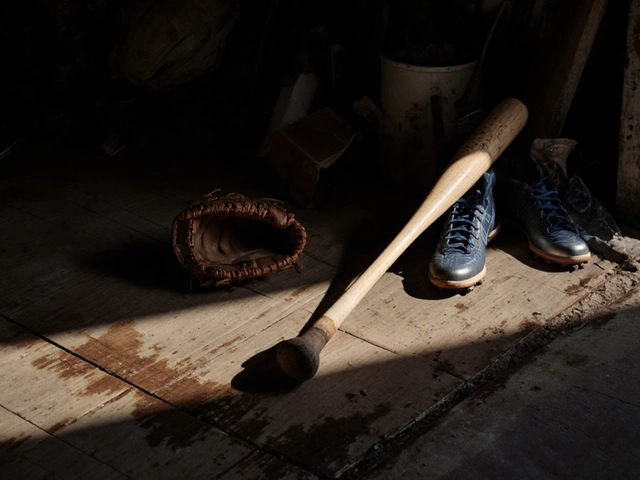Jackal in Rugby – Master the Turnover Skill at the Breakdown
When talking about the Jackal in rugby, a defensive maneuver used at the breakdown to steal possession from the opposition. Also known as jackalling, it can change the momentum of a match in seconds. The jackal demands quick reflexes, low body positioning and perfect timing, making it one of the most exciting parts of the game.
The success of a jackal hinges on the Breakdown, a contested phase that follows a tackle where players fight for the ball. Key attributes of the breakdown include the formation of a ruck, the legality of entering from the side, and the speed at which the ball becomes available. When a defender executes a jackal, they must enter the breakdown legally, stay on their feet, and bind correctly to meet the ruck rules. This interaction shows how the jackal encompasses the breakdown and requires precise technique.
Referees play a crucial role in policing the breakdown. A Rugby referee evaluates entry angles, hands placement, and whether a player remains on their feet. Their decisions directly influence whether a jackal is deemed successful or penalised. Understanding the law’s wording on “off‑side” and “obstruction” helps players avoid costly infringements while still applying pressure.
Because the jackal is a physical skill, fitness factors like core strength, hip mobility and anaerobic power become essential. Training drills that mimic a real ruck – such as split‑squat jumps, short‑sprint intervals and bag‑pull tackles – build the explosiveness needed to get low, bind quickly and drive the ball away. Many of the conditioning tips found in our marathon and full‑body workout guides also apply here: consistency, progressive overload, and proper recovery keep the body ready for repeated high‑intensity efforts during a match.
Key Elements of a Successful Jackal
First, get down low and keep a flat back; this lowers your centre of gravity and makes it harder for the opposition to push you off. Second, bind onto a teammate’s waist or hip – a strong bind satisfies the referee’s requirement to stay on your feet. Third, time your entry just as the ball hits the ground; arriving too early or too late can lead to a penalty. Finally, drive forward with your legs while keeping the ball in the back of your thigh, then pass it quickly to a teammate to maintain momentum.
Armed with these basics, you’ll spot the right moments to jackal, execute the technique cleanly, and stay within the law. Below you’ll find a range of articles that dive deeper into rugby viewing options, fitness routines, and sport‑specific gear – all useful resources to sharpen your jackaling game and improve overall performance.
Jackaling in Rugby: The Art and Strategy of Winning Turnovers
Get the full scoop on the 'jackal' in rugby. Learn not just what it means but why it’s key, how it works, and tips for pulling it off—whether you play, coach, or just watch.





